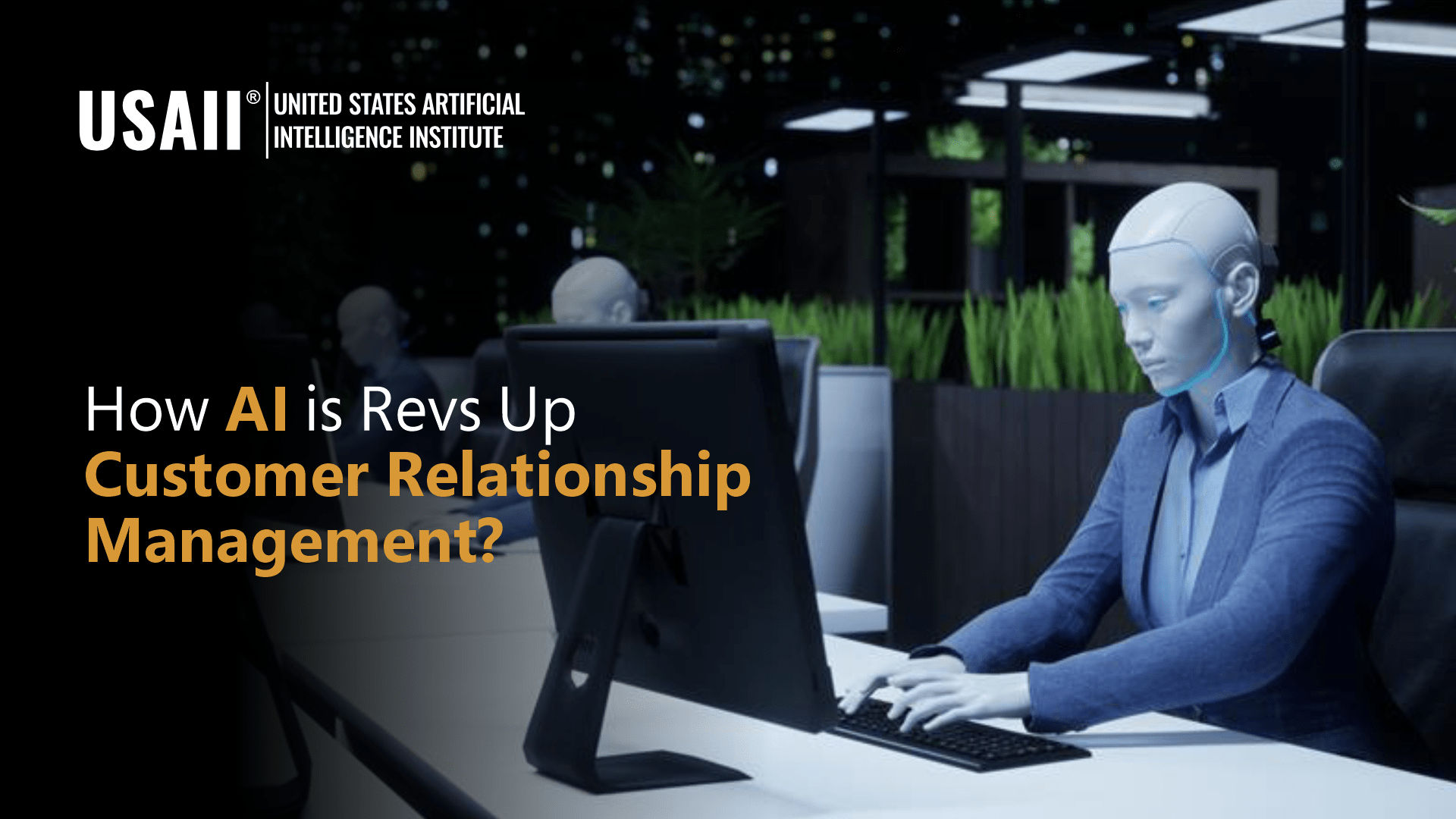
Introduction
Artificial Intelligence has been democratizing since the early 2010s, but the real boost for the public was the rise of generative AI models like GPT, GAN, VAE, and Transformers in the early 2020s. Since then, companies, large and small, have also experienced pressure to adopt AI in their entire business processes to stay competitive.
Many enterprises are struggling with this adoption and are looking for help to accelerate. This article will double-click on a specific domain within the value chain of any company, customer relationship management (CRM). It will discuss how companies can adopt COTS solutions to accelerate the adoption of AI in CRM. At the same time, any company must consider the challenge of fast AI capability innovation, compliance, data security, and data governance.
Note: ‘Company’ refers to the entity experiencing the challenge, while ‘customer’ refers to the customers with whom they interact.
Company Challenges
With the rise of AI, the leadership of any company has change management-related questions they need to address rather soon:
Let us zoom in on the domain of interaction and relationship management with the outside world of a company: CRM. Generally, CRM covers the following domains:
In all of these subdomains of CRM, the company is interacting with (potential) customers and partners, while collecting data about these customers, including sensitive information. Every touchpoint through every channel is an opportunity to strengthen the relationship to increase the propensity to do or extend the business with that customer. Customer data collection makes a company accountable for protecting the privacy of the customer subject to privacy laws like GDPR in Europe and CCPA in the US. Adopting AI increases the challenge of staying compliant. Before diving deeper into the core aspect of AI (data), let us look at a summary of AI use cases in CRM.
Use Cases
In each of these domains, many AI-related use cases are common for any company in any industry:
As mentioned, these use cases collect data from and generate data about the customer, transactional, demographic, and personal. Let us dive deeper into the aspects of data in adopting, developing, and deploying AI in the CRM domain of the company.
The AI Data Fundament in CRM
Data Management and AI go together. There is no AI without data. Let us investigate the most important aspects of data in AI, related to CRM:
Data Quality and Platforms
For AI to work properly, assuming the right models and technologies are in place and deployed, you must possess large amounts of quality data. Therefore, companies adopting AI must develop a data governance practice to manage the quality of the collected data. This responsibility is often combined with a center of excellence and the adoption of a scalable, modern data platform that can manage high-volume datasets of both structured and unstructured data.
Data Integration
Today, many companies still have a patchwork of business applications with customers and related data stored in silos. For example, order data is stored in ERP while ERP is often used as the customer master, especially in B2B business models. Digital traffic is collected from various servers and marketing platforms like CDPs. With customer interactions in CRM platforms, data must be collected, preprocessed, cleansed, and unified before it can be used for analytics and AI models for activation (anywhere). This required again, a scalable data platform and a modern integration approach where data can be collected in real-time to stay as relevant and timely as possible.
Data Trust and Security
The most important aspect of using customer data in AI (and in general) is the company’s responsibility to secure sensitive data and respect consumer privacy. Customers need to move with changes in privacy legislation, next to the data privacy requirements related to ethics, control, secure storage, and transparency.
Data Privacy and LLM
Generative AI introduces new challenges to data, specifically to privacy and security. Many companies leverage external LLMs to generate content using prompting grounded or augmented with internal data to retrieve more reliable and relevant results. When the prompt template is merged with internal (customer) data, the result is often sent to an external LLM. It is the responsibility of the company to ensure no customer data is retained at the site(s) hosting the LLM. This can be done by specific encryption and masking technologies.
In addition, the result coming from the LLM (resolution) must be validated against harmful language that could harm either the customer, the user, or even the (reputation) of the company.
Finally, there is a hallucination (LLM generating incorrect, unrelated, and/or unstructured results). Techniques to defend against LLM hallucination include chain-of-thought prompting or RAG (retrieval augmented generation) to ensure the resolution is coherent and relevant.
Adoption Strategy
In my view, the best way for companies to adopt AI in CRM quickly is to partner with a leading supplier of CRM solutions with pre-built AI capabilities instead of building everything yourself. The development and deployment of AI solutions require the following:
The benefits of adopting Commercial-Off-The-Shelf (COTS) solutions for CRM and Data Platforms and partnering with a leading vendor; are numerous compared to building it yourself:
Conclusion
Every company is using CRM to manage its customer interactions and every leader is asking herself how to adopt AI quickly and sustainably while remaining compliant, ensuring the right technology, and being able to support every use case, while gaining and maintaining a competitive advantage. The question managers are asking themselves “Should I hire and build or partner and buy?” In my humble opinion, in CRM, a company should partner, buy, and adapt to specific needs with as little effort (coding) as possible leveraging industry best practices and common use cases. Especially in CRM, the use cases for AI are very common and are best provided by leading AI solution vendors. Not every company should reinvent the artificial intelligence wheel.
Follow us: